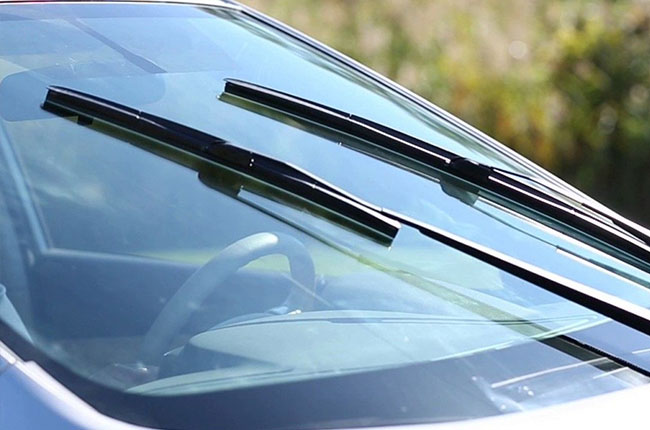Single-photon LiDAR delivers detailed 3D images at distances up to 1 kilometer
-
And in the sun, strong headlights, rain, dust
-
Only.
...1kilometer only.
Or 1km so far.
Yeah this is crazy stuff.
-
Hello sir, I'm an not from the government and would like to show you something off in the distance for about 3 seconds if you will. Step forward where I've carefully marked the street with blue painter's tape. Do not smile. Did you see it? No? Good!. Well what it is, its ah... Don't worry about it. Good day sir. What are you talking about? I asked you to step where? I did no such thing. I'm just a normal person living in the city.
-
Imagine what they could do with two photons.
-
that level of detail at 1km is insane. We are so fucked in the machine war.
-
No, tesla never had lidar in any of their cars, they had the same regular radar all other cars use, but yes it has since been disabled in favour of a camera-only solution.
-
Do they compete with the 1500 megawatt aperture science heavy duty super-colliding super button?
-
Umm, y'all, this is serious.
-
These scientists got a chill with the AI and surveillance tech and work on making a refillable toothpaste tube ffs.
-
You don't live west of where you work, I take it?
-
Or even phivetons.
-
So, keep in mind that single photon sensors have been around for awhile, in the form of avalanche photodiodes and photomultiplier tubes. And avalanche photodiodes are pretty commonly used in LiDAR systems already.
The ones talked about in that article collect about 50 points per square meter at a horizontal resolution of about 23 cm. Obviously that's way worse than what's presented in the phys.org article, but that's also measuring from 3km away while covering an area of 700 square km per hour (because these systems are used for wide area terrain scanning from airplanes). With the way LiDAR works the system in the phys.org article could be scanning with a very narrow beam to get way more datapoints per square meter.
Now, this doesn't mean that the system is useless crap or whatever. It could be that the superconducting nanowire sensor they're using let's them measure the arrival time much more precisely than normal LiDAR systems, which would give them much better depth resolution. Or it could be that the sensor has much less noise (false photon detections) than the commonly used avalanche diodes. I didn't read the actual paper, and honestly I don't know enough about LiDAR and photon detectors to really be able to compare those.
But I do know enough to say that the range and single-photon capability of this system aren't really the special parts of it, if it's special at all.
-
I love LiDAR, there was very limited terrain data from LiDAR available on USGS about a decade ago, just a couple of counties was all, but it was so detailed you could see the shape of Cars on the streets with it.
-

-
100 bucks says someone will try and use this on their genitals within the year.
-
So, more ways to surveil us? Cool cool cool.
-
Even so, the radar is at least better than not a damn thing.
-
Modern tech makes it hard for me to take science fiction seriously anymore that involves humans piloting space fighters, manually aiming weapons, or even being effective on battlefields. We're rapidly reaching a point where warfare will be strictly the realm of machines.
-
They probably already have something better than this otherwise it would have been relaxed publicly.
-
I would hope teslas to have cameras in more than one direction, but maybe that was a too generous assumption.



